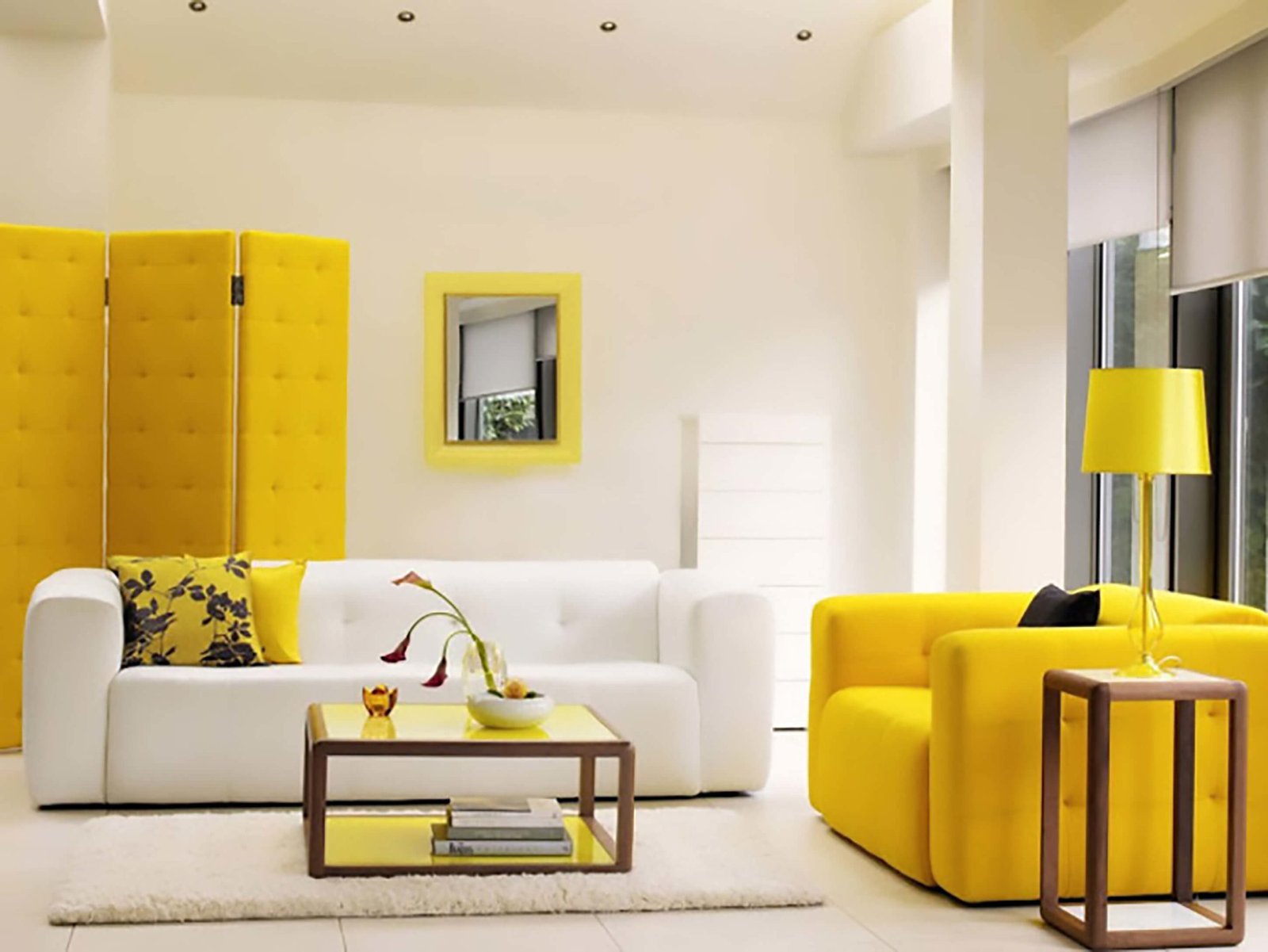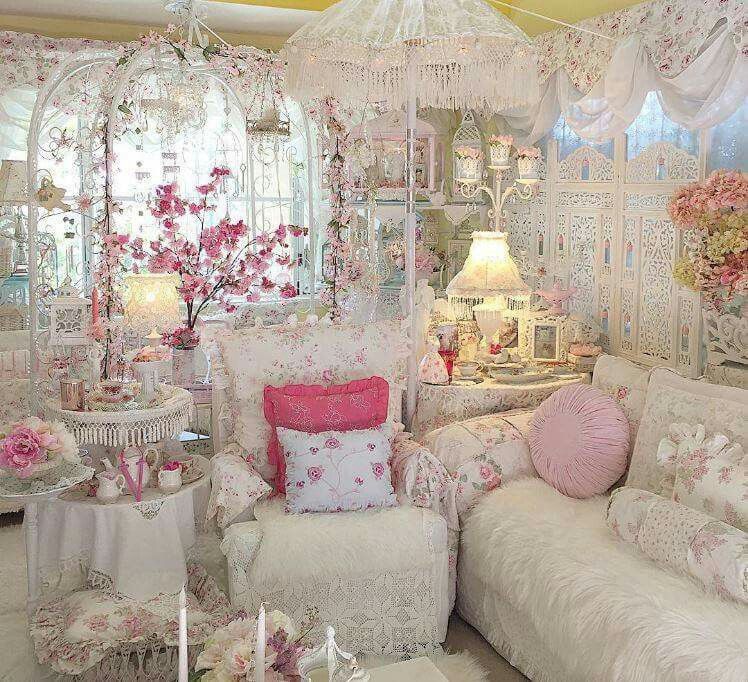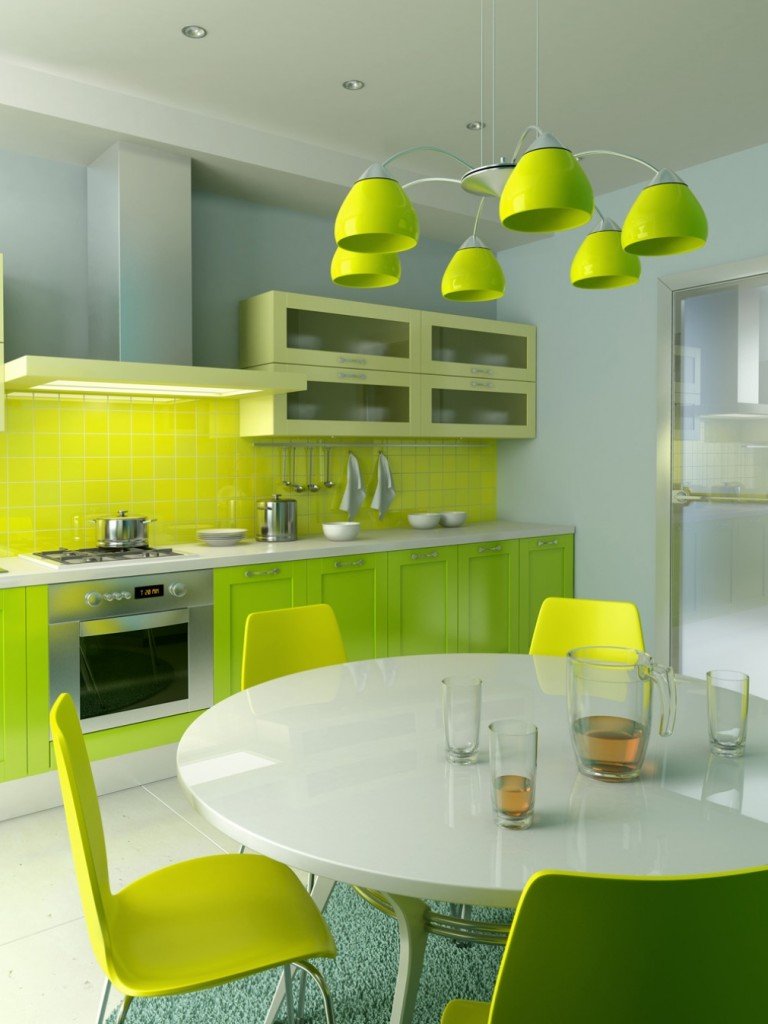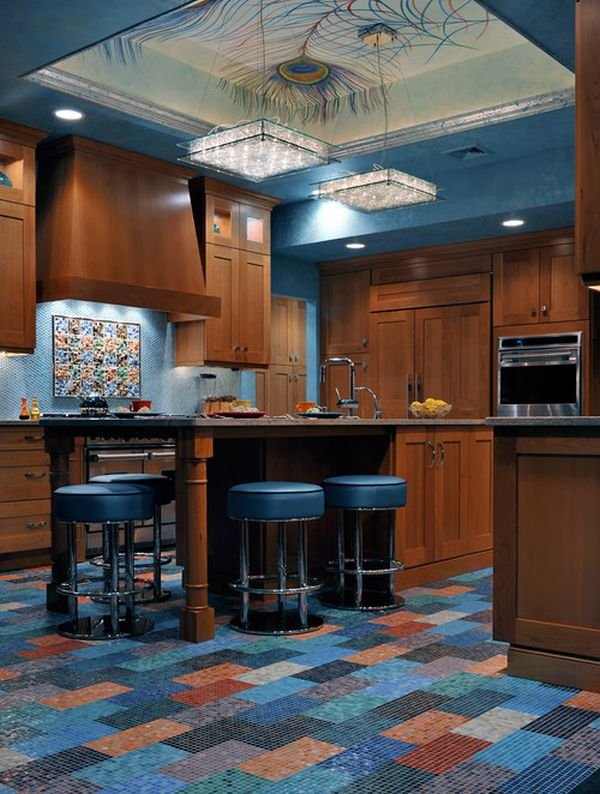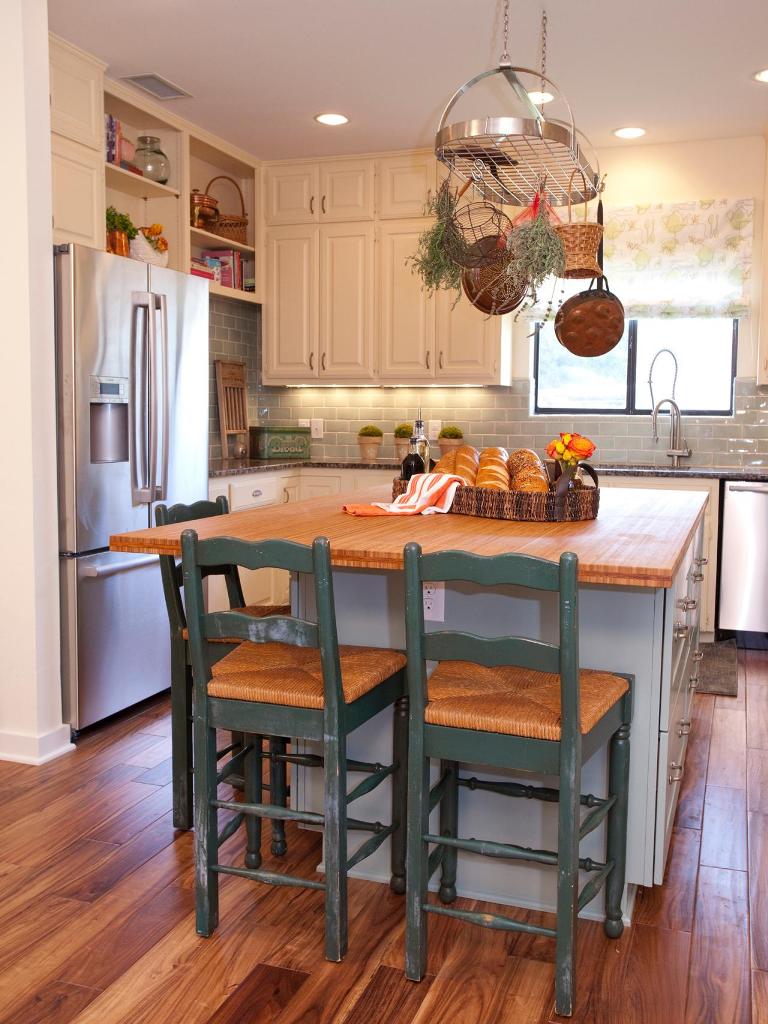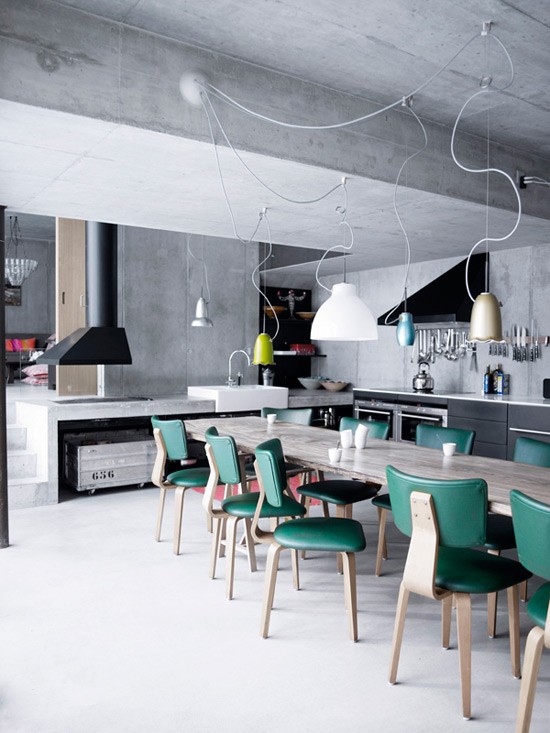You don’t often see monochromatic spaces these days, but that doesn’t mean you shouldn’t adopt them — it all depends on your taste and the decor itself. Although there are several interior decoration options for monochromatic spaces, the truth is that it all depends on your taste. Your home, or the office where you work, is the mirror of your personality and is usually decorated according to your preferences.

That’s why you can’t neglect this very important component, because, in fact, interior decoration depends a lot on personal taste. As much as you follow the trends of the year and the season, if you don’t identify with these suggestions, you will hardly apply them in your space.
Even so, it is possible that you are inspired by the suggestions of monochromatic spaces that we suggest below. But remember: everything can (and should) be adaptable to your taste and the space that will receive this decoration.
Choose a color that you identify with

Usually, there is (always) a color that you like best or with which you identify the most. Retain this color and apply it throughout the house and/or space to be decorated, in different shades.
This is the “rule” of monochromatic, which emphasizes the various tones of a color and allows them to coexist in harmony. It is advisable that, despite everything, choose a decorative element in another color (such as a chair, pillows or even the sofa), so that the decoration of the space is even better.
Bet on whites

White is one of the most unanimous colors, as it is preferred by many people and, therefore, a strong bet in interior decoration. One of its advantages is its versatility compared to other colors.
By this we mean that it is simpler to combine apparently antagonistic colors with white. So, you can paint the walls white, choose a sofa in the same color and even a rug in the same shade, you won’t have difficulty finding elements of another color that go well with the rest of the decor.
The brown and/or wood tones are two of the best combinations with white, which, in turn, brings luminosity and harmony to any space where it is present.
Use the same color on walls and furniture

At first glance, it may seem like this is an idea that won’t work, but think again. Choose a shade of blue, or even green, and apply it at different intensities across all elements of a room.
Apply a darker shade to a wall, for example, and touch a piece of furniture to it in a lighter shade (for the same color, of course)—or even some shelves for organizing books or decorative objects.
Use the same material

When we talk about monochromatic spaces, we’re not just referring to decorating a space in the same color—because you can use the same material to cover an entire room.
One of the most famous materials in this context is undoubtedly wood, which you can apply to the walls, ceiling and floor of a room. If it’s elegance you’re looking for, this is a great monochromatic alternative.
Black and white

The combination of black and white is, without a doubt, one of the most timeless. Whoever speaks of black also speaks of gray tones (darker or lighter) that complement each other equally well with white.
The truth is that, when we talk about monochromatic spaces, we have to necessarily talk about “black and white”. Darker walls, lighter furniture and a gradient that appeals to good taste.

